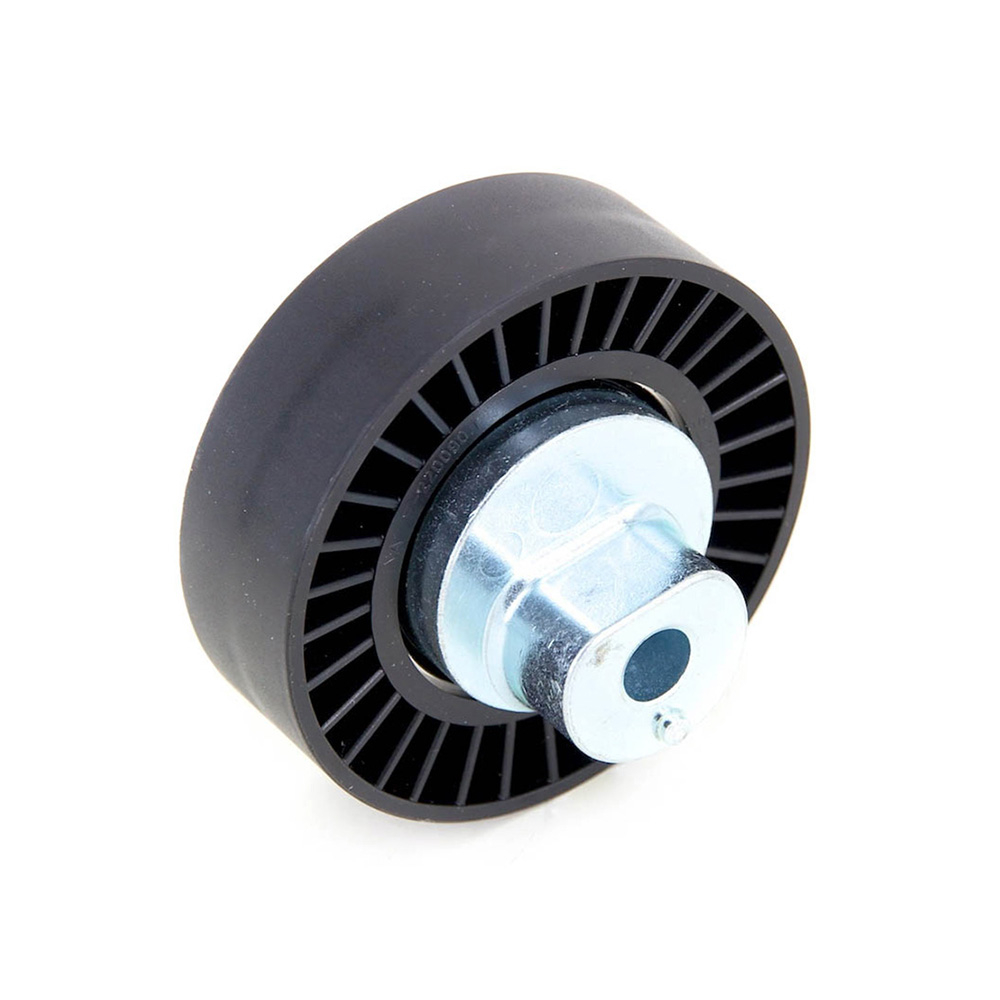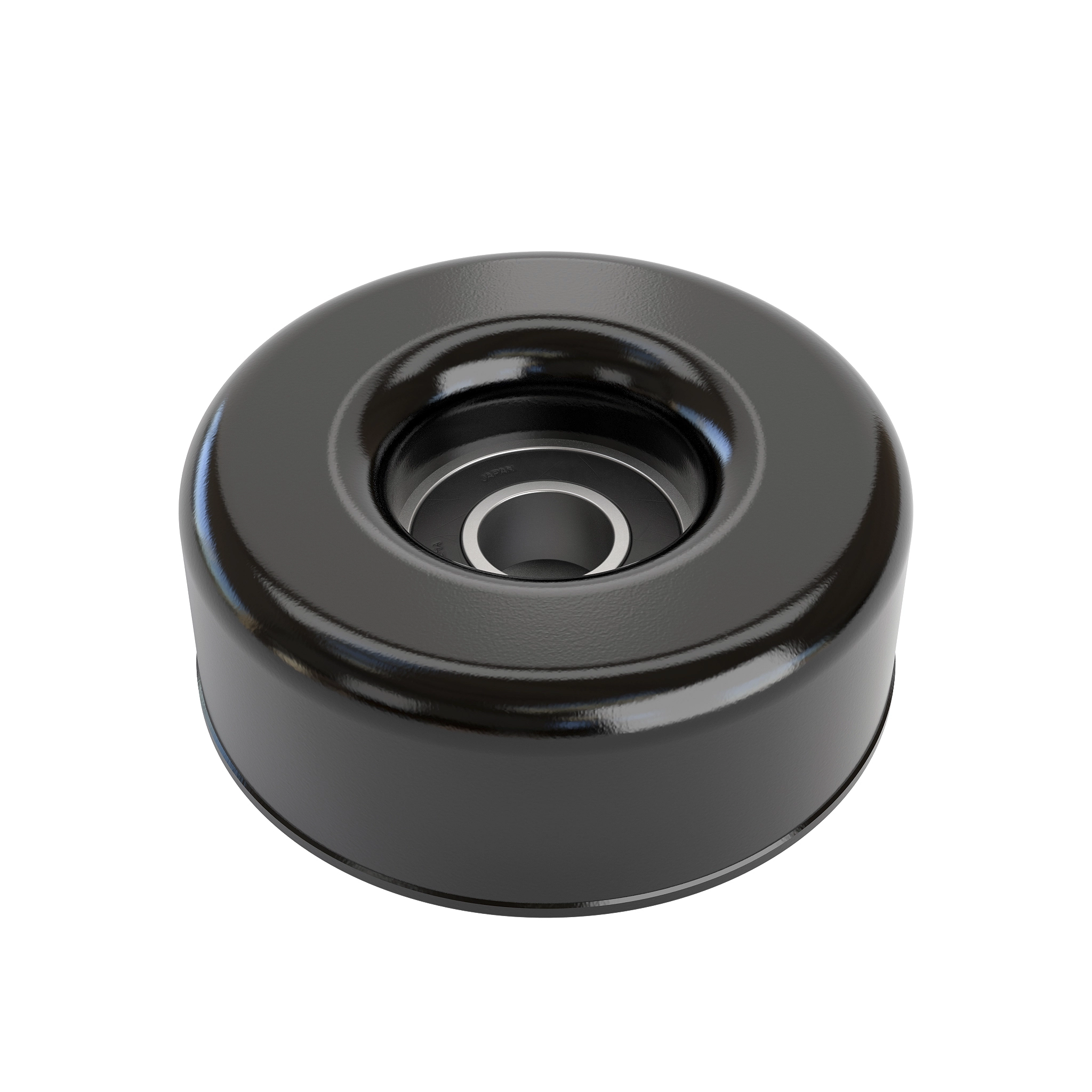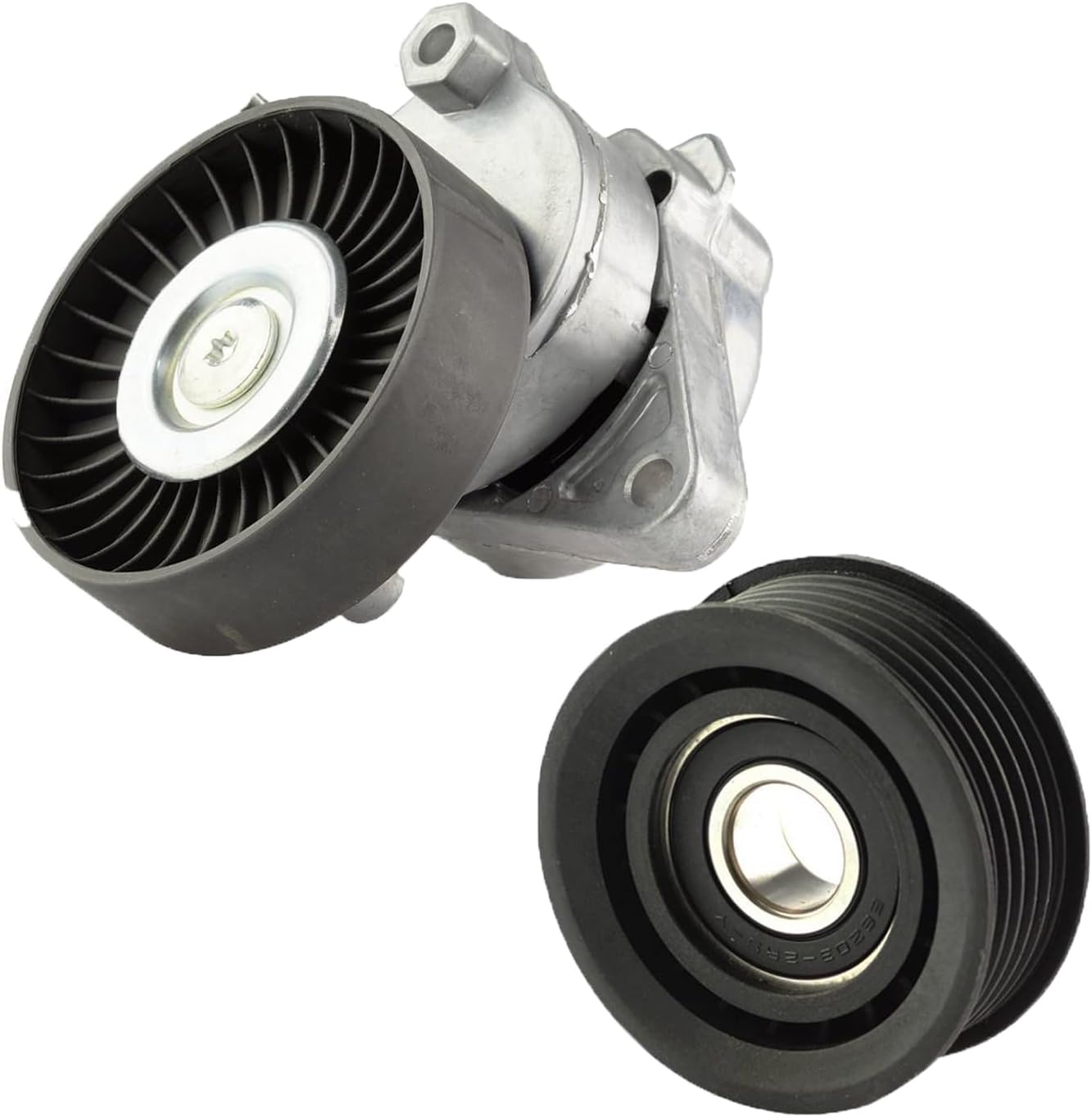Product Description
Cummins Genuine Engine Part Pulley, Idler 5372097/3017670 for CHINAMFG GTA38/K38QSK38 Engine with Competitive Price
CCEC engine part:
More CHINAMFG engine parts in sock:
| PNs | Parts Description_English | |||||||||||||||
| C2830346 | CONNECTION,WATER INLET | |||||||||||||||
| C2830405 | BREATHER,CRANKCASE | |||||||||||||||
| C2830409 | SEAL,O RING | |||||||||||||||
| C283571 | SCREW,HEX FLANGE HEAD CA | |||||||||||||||
| C283571 | SCREW,HEX FLANGE HEAD CA | |||||||||||||||
| C283 0571 | SEAL,O RING | |||||||||||||||
| C2831066 | COLLAR,SHAFT | |||||||||||||||
| C2831103 | SCREW,ROUND HEAD CAP | |||||||||||||||
| C2831341 | PAN,OIL | |||||||||||||||
| C2831342 | PAN,OIL | |||||||||||||||
| C2831370 | HOUSING,FLYWHEEL | |||||||||||||||
| C2834174 | TURBOCHARGER | |||||||||||||||
| C2834176 | TURBOCHARGER | |||||||||||||||
| C2834302 | TURBOCHARGER | |||||||||||||||
| C2834338 | TURBOCHARGER | |||||||||||||||
| C2834535 | TURBOCHARGER | |||||||||||||||
| C2834797 | TURBOCHARGER | |||||||||||||||
| C2834799 | TURBOCHARGER | |||||||||||||||
| C2834823 | TURBOCHARGER | |||||||||||||||
| C2835419 | TURBOCHARGER | |||||||||||||||
| C2835420 | TURBOCHARGER | |||||||||||||||
| C2836276 | TURBOCHARGER | |||||||||||||||
| C2836441 | TURBOCHARGER | |||||||||||||||
| C2836739 | TURBOCHARGER | |||||||||||||||
| C2837154 | TURBOCHARGER | |||||||||||||||
| C2837412 | TURBOCHARGER | |||||||||||||||
| C2838287 | TURBOCHARGER | |||||||||||||||
| C2839128 | TURBOCHARGER | |||||||||||||||
| C2839315 | TURBOCHARGER | |||||||||||||||
| C2839317 | TURBOCHARGER | |||||||||||||||
| C2839319 | TURBOCHARGER | |||||||||||||||
| C2839354 | TURBOCHARGER | |||||||||||||||
| C2839387 | TURBOCHARGER | |||||||||||||||
| C2839487 | TURBOCHARGER | |||||||||||||||
| C2839489 | TURBOCHARGER | |||||||||||||||
| C2839878 | TURBOCHARGER | |||||||||||||||
| C2840195 | TURBOCHARGER | |||||||||||||||
| C2840947 | TURBOCHARGER | |||||||||||||||
| C2841270 | TURBOCHARGER | |||||||||||||||
| C2841384 | TURBOCHARGER | |||||||||||||||
| C2841698 | TURBOCHARGER | |||||||||||||||
| C2842807 | TURBOCHARGER | |||||||||||||||
| C2842849 | TURBOCHARGER | |||||||||||||||
| C2864829 | SEAL,GEAR HOUSING | |||||||||||||||
| C2864882 | HOUSING,GEAR | |||||||||||||||
| C2864884 | SHAFT,IDLER | |||||||||||||||
| C2864886 | GASKET,COVER PLATE | |||||||||||||||
| C2864887 | PLATE,COVER | |||||||||||||||
| C2864899 | SCREW,CONNECTING ROD CAP | |||||||||||||||
| C2866616 | BOSS | |||||||||||||||
| C2869891 | GASKET,VALVE COVER | |||||||||||||||
| C2869892 | GEAR,IDLER | |||||||||||||||
| C2869962 | NOZZLE,PISTON COOLING | |||||||||||||||
| C2870121 | SEAL,FRONT COVER | |||||||||||||||
| C2871979 | SENSOR,NITROGEN OXIHU (WEST LAKE) DIS. | |||||||||||||||
| C2872277 | SENSOR,POSITION | |||||||||||||||
| C2872279 | SENSOR,POSITION | |||||||||||||||
| C2872792 | SENSOR,TEMPERATURE | |||||||||||||||
| C2873953 | BRACKET,LIFTING | |||||||||||||||
| C2873961 | SEAL,O RING | |||||||||||||||
| C2873968 | HOSE,ELBOW | |||||||||||||||
| C2873969 | PULLEY,FAN | |||||||||||||||
| C2873971 | HUB,FAN | |||||||||||||||
| C2873972 | SUPPORT,BELT TENSIONER | |||||||||||||||
| C2873974 | BELT,V RIBBED | |||||||||||||||
| C2873975 | SUPPORT,ALTERNATOR | |||||||||||||||
| C2873982 | GASKET,EXHAUST MANIFOLD | |||||||||||||||
| C2873983 | HOSE,FLEXIBLE | |||||||||||||||
| C2873984 | CONNECTION,TUR OIL DRAIN | |||||||||||||||
| C2873989 | SCREW,FRACTURE RESISTANT | |||||||||||||||
| C2874016 | HEAD,FUEL FILTER | |||||||||||||||
| C2874571 | TENSIONER,BELT | |||||||||||||||
| C2874571 | BELT,V RIBBED | |||||||||||||||
| C2874033 | BRACE,TUBE | |||||||||||||||
| C2874037 | TUBE,WATER BYPASS | |||||||||||||||
| C2874042 | PUMP,WATER | |||||||||||||||
| C2874044 | CARRIER,SEAL | |||||||||||||||
| C2874047 | COUPLING,PLAIN HOSE | |||||||||||||||
| C2874051 | HARNESS,ETR CNT MDL WRG | |||||||||||||||
| C2874066 | BLOCK,CYLINDER | |||||||||||||||
| C2874071 | PULLEY,IDLER | |||||||||||||||
| C2874076 | PLATE,OIL SEAL | |||||||||||||||
| C2874077 | SCREW,HEX FLANGE HEAD CAP | |||||||||||||||
| C2874078 | WASHER,PLAIN | |||||||||||||||
| C2874079 | COVER,GEAR | |||||||||||||||
| C2874091 | SCREW,HEX FLANGE HEAD | |||||||||||||||
| C2874093 | HOUSING,OIL COOLER | |||||||||||||||
| C2874120 | CONNECTION,AIR INTAKE | |||||||||||||||
| C2874205 | CONNECTION,AIR TRANSFER | |||||||||||||||
| C2874278 | PUMP,WATER | |||||||||||||||
| C2874279 | ALTERNATOR | |||||||||||||||
| C2874377 | TENSIONER,BELT | |||||||||||||||
| C2874451 | CONNECTOR,BANJO | |||||||||||||||
| C2874467 | UNION,MALE | |||||||||||||||
| C2874490 | FILTER,LUBRICATING OIL | |||||||||||||||
| C2874557 | CONNECTION,EXHAUST OUTLET | |||||||||||||||
| C2874563 | CONNECTION,AIR TRANSFER | |||||||||||||||
| C2874587 | VALVE,COUPLING | |||||||||||||||
| C2874592 | PUMP,HYDRAULIC | |||||||||||||||
| C2894940 | SENSOR,NITROGEN OXIHU (WEST LAKE) DIS. | |||||||||||||||
| C2897331 | SENSOR,PRESSURE | |||||||||||||||
| C2897333 | SENSOR,PRS TEMPERATURE | |||||||||||||||
| C2897342 | SENSOR,POSITION | |||||||||||||||
| C2897414 | INJECTOR | |||||||||||||||
| C3 | BRACE,TUBE | |||||||||||||||
| C3286494 | PIPE,AIR TRANSFER | |||||||||||||||
| C3286499 | HOSE,PLAIN | |||||||||||||||
| C3286550 | HOSE,PLAIN | |||||||||||||||
| C3286575 | CONNECTION,EXHAUST OUTLET | |||||||||||||||
| C3286613 | SPACER,MOUNTING | |||||||||||||||
| C3286653 | BRACKET,ALTERNATOR | |||||||||||||||
| C3286907 | BRACKET,BELT TENSIONER | |||||||||||||||
| C3286908 | BRACKET,BELT TENSIONER | |||||||||||||||
| C3287571 | SUPPORT,ALTERNATOR | |||||||||||||||
| C3287099 | DIPSTICK | |||||||||||||||
| C3287126 | CONNECTION,EXHAUST OUTLET | |||||||||||||||
| C3287130 | MANIFOLD,EXHAUST | |||||||||||||||
| C3287185 | COUPLING,PLAIN HOSE | |||||||||||||||
| C3287186 | HOSE,MOLDED | |||||||||||||||
| C3287193 | ADAPTER,CRANKSHAFT | |||||||||||||||
| C3287202 | TUBE,CPR WATER INLET | |||||||||||||||
| C3287204 | TUBE,CPR WATER OUTLET | |||||||||||||||
| C3287206 | TUBE,CPR WATER OUTLET | |||||||||||||||
| C3287208 | TUBE,CPR WATER OUTLET | |||||||||||||||
| C3287210 | TUBE,CPR WATER INLET | |||||||||||||||
| C3287272 | CLAMP,HOSE | |||||||||||||||
| C3287273 | CONNECTOR,QCK DISCONNECT | |||||||||||||||
| C3287274 | CONNECTOR,QCK DISCONNECT | |||||||||||||||
| C32873). If you don’t have part no in hand, you can also tell us the engine number (8 Arab numbers, like25262227). CHINAMFG Quickserve on line could help.
How do idler pulleys enhance the efficiency and longevity of machinery and equipment?Idler pulleys play a crucial role in enhancing the efficiency and longevity of machinery and equipment in several ways: 1. Belt Tension and Alignment: Idler pulleys help maintain proper tension and alignment of belts in belt-driven systems. By applying the right amount of tension, idler pulleys prevent belt slippage and ensure efficient power transmission. Proper alignment reduces wear on belts and other components, minimizing energy losses and extending the lifespan of the equipment. 2. Reduced Bearing Load: Idler pulleys distribute the load on the belt, reducing the load on the bearings of other rotating components. This helps prevent premature bearing failure and extends the life of bearings, reducing maintenance requirements and downtime. 3. Vibration Damping: Idler pulleys can absorb and dampen vibrations that occur during operation. By reducing vibrations, idler pulleys minimize stress on the belt and other components, improving overall system performance and reducing the risk of component failure. 4. Belt Span Length: Idler pulleys enable longer belt spans, which can reduce the number of required pulleys and overall system complexity. Longer belt spans provide smoother power transmission, minimize the number of potential failure points, and improve overall system efficiency. 5. Load Distribution: Idler pulleys help distribute the load evenly across the belt, ensuring that no single section of the belt is subjected to excessive stress. This balanced load distribution reduces the risk of belt stretching, premature wear, and failures, contributing to improved equipment longevity. 6. Belt Wrap Angle: By adjusting the position and angle of idler pulleys, the wrap angle of the belt can be optimized. A larger wrap angle increases the grip between the belt and pulleys, improving power transmission efficiency and reducing the risk of slipping. 7. Tension Control: Idler pulleys allow for convenient tension control in belt-driven systems. By adjusting the position or tension of the idler pulley, the tension on the belt can be fine-tuned to match the specific requirements of the machinery, optimizing performance and reducing wear. Overall, idler pulleys contribute to the efficiency and longevity of machinery and equipment by ensuring proper belt tension, reducing bearing load, damping vibrations, enabling longer belt spans, distributing loads evenly, optimizing belt wrap angles, and providing tension control. By incorporating idler pulleys into belt-driven systems, manufacturers can improve system reliability, reduce maintenance costs, and extend the lifespan of their equipment.
What role do idler pulleys play in maintaining proper belt alignment?Idler pulleys play a crucial role in maintaining proper belt alignment in mechanical systems. Here’s a detailed explanation of the role idler pulleys play in maintaining proper belt alignment: Proper belt alignment refers to the correct positioning of the belt along the pulleys in a system. It ensures that the belt remains centered on the pulleys and follows its intended path without deviating or slipping off. Belt misalignment can lead to a range of issues, including increased friction, wear, noise, and reduced power transmission efficiency. Idler pulleys help address these alignment challenges and contribute to the smooth operation of the system. 1. Belt Tracking: Idler pulleys guide the belt and help maintain its tracking along the pulleys. They are strategically positioned to ensure that the belt remains in the desired position and follows the correct path. By providing a reference point and support, idler pulleys prevent the belt from wandering or shifting laterally, which could otherwise cause misalignment. 2. Tension Adjustment: Idler pulleys can be used to adjust and maintain the tension in the belt, which is crucial for proper alignment. By adding or removing idler pulleys or adjusting their position, the tension in the belt can be controlled. Proper tension ensures that the belt remains engaged with the pulleys and does not slack or become too tight, both of which can lead to misalignment. 3. Belt Support: Idler pulleys provide support to the belt, helping to prevent sagging or excessive vibration. They act as additional contact points along the belt’s path and distribute the load, ensuring that the belt remains in its intended position. This support helps maintain the alignment of the belt, especially in applications where the belt spans long distances or encounters varying loads. 4. Load Distribution: Idler pulleys contribute to load distribution across the belt. By introducing additional pulleys strategically, the load on the belt can be divided, reducing stress on individual components. This helps to minimize the risk of belt misalignment due to uneven loading or excessive strain. By distributing the load, idler pulleys promote uniform wear and ensure the longevity of the belt. 5. Vibration and Noise Reduction: Idler pulleys play a role in reducing vibration and noise in mechanical systems. Misaligned belts can cause excessive vibration and noise due to uneven forces and increased friction. By maintaining proper alignment, idler pulleys help minimize these issues, resulting in quieter operation and increased system stability. Overall, idler pulleys are essential components in maintaining proper belt alignment. Their role in guiding the belt, adjusting tension, providing support, distributing load, and reducing vibration ensures that the belt remains properly aligned, leading to improved efficiency, reduced wear, and extended belt life in mechanical systems.
How does the size and diameter of an idler pulley affect its performance?The size and diameter of an idler pulley play a significant role in determining its performance characteristics. Here’s a detailed explanation of how the size and diameter of an idler pulley affect its performance: 1. Tension and Belt Engagement: The size and diameter of an idler pulley impact the tension and engagement of the belt. A larger idler pulley will create more belt wrap around its circumference, resulting in increased belt contact and improved grip. This helps to maintain proper tension in the belt and prevent slippage, especially in high-torque applications. Conversely, a smaller idler pulley may have less belt wrap, leading to reduced grip and potentially lower tension. 2. Belt Speed: The size and diameter of an idler pulley affect the speed at which the belt travels. A larger idler pulley will cover a greater distance per revolution, resulting in a higher belt speed. This can be advantageous in applications where increased speed is desired. Conversely, a smaller idler pulley will cover a shorter distance per revolution, leading to a slower belt speed. 3. Belt Flexibility: The size and diameter of an idler pulley impact the flexibility of the belt. A larger idler pulley allows for a larger bend radius, reducing the stress on the belt and improving its durability. It also minimizes the risk of excessive bending or flexing that could lead to premature wear or failure. In contrast, a smaller idler pulley may require the belt to bend more sharply, potentially increasing the risk of damage or wear. 4. System Clearance: The size and diameter of an idler pulley affect the overall clearance in the mechanical system. In tight spaces or constrained environments, a smaller idler pulley may be preferred, as it requires less clearance. Conversely, a larger idler pulley may require additional space to accommodate its size. 5. Load Distribution: The size and diameter of an idler pulley impact its ability to distribute the load across the belt. A larger idler pulley can distribute the load over a larger surface area, reducing the stress on the belt and other components. It helps to minimize wear and prolong the life of the system. On the other hand, a smaller idler pulley concentrates the load on a smaller area, potentially increasing the risk of localized wear or failure. 6. Bearing Life and Friction: The size and diameter of an idler pulley influence the bearing life and friction within the system. Larger idler pulleys typically have larger bearings, which can handle higher loads and exhibit improved durability. They also tend to generate lower friction, leading to reduced heat and wear. In contrast, smaller idler pulleys may have smaller bearings that may have limitations in terms of load capacity and friction. It’s important to note that the specific requirements for size and diameter of an idler pulley will depend on the application and the intended function within the mechanical system. Factors such as belt type, load requirements, speed, and space constraints should be considered when selecting the appropriate size and diameter of an idler pulley for optimal performance.
2023-11-29 |




